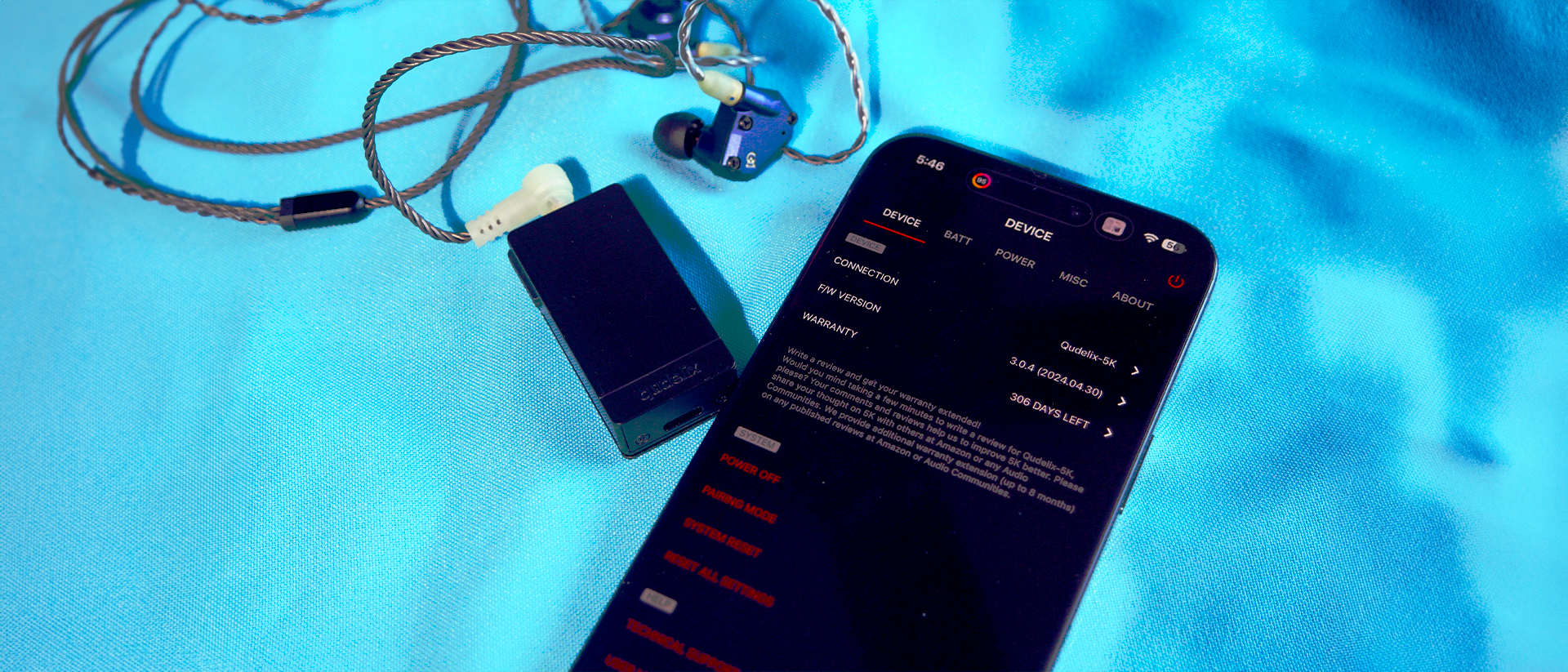iMore Verdict
The Qudelix-5K hardware is feature-rich, but it's the companion app that makes it special. For the price, the Quedelix 5k is a great way to truly learn what makes your audio great as you play with its glorious 10 or 20-band true PEQ. If you’re intrigued by the thought of tinkering with sound curves, this is the mobile DAC/Amp for you!
Pros
- +
Price
- +
Powerful companion app
- +
Multiple connection options
Cons
- -
2.5mm outputs can be problematic
- -
Power/Volume buttons aren’t labeled
You can always trust iMore.
The Quedelix-5K DAC/Amp is a marvel of engineering on several levels. The most impressive of which is the true 10 and 20-band PEQ found in its companion app. Throw in Hi-Res Bluetooth audio, MEMs microphones for phone calls, and both single-ended and Balanced outputs (2.5mm), and you have one of the most versatile mobile DACs on the market.
Qudelix-5K: Price and availability
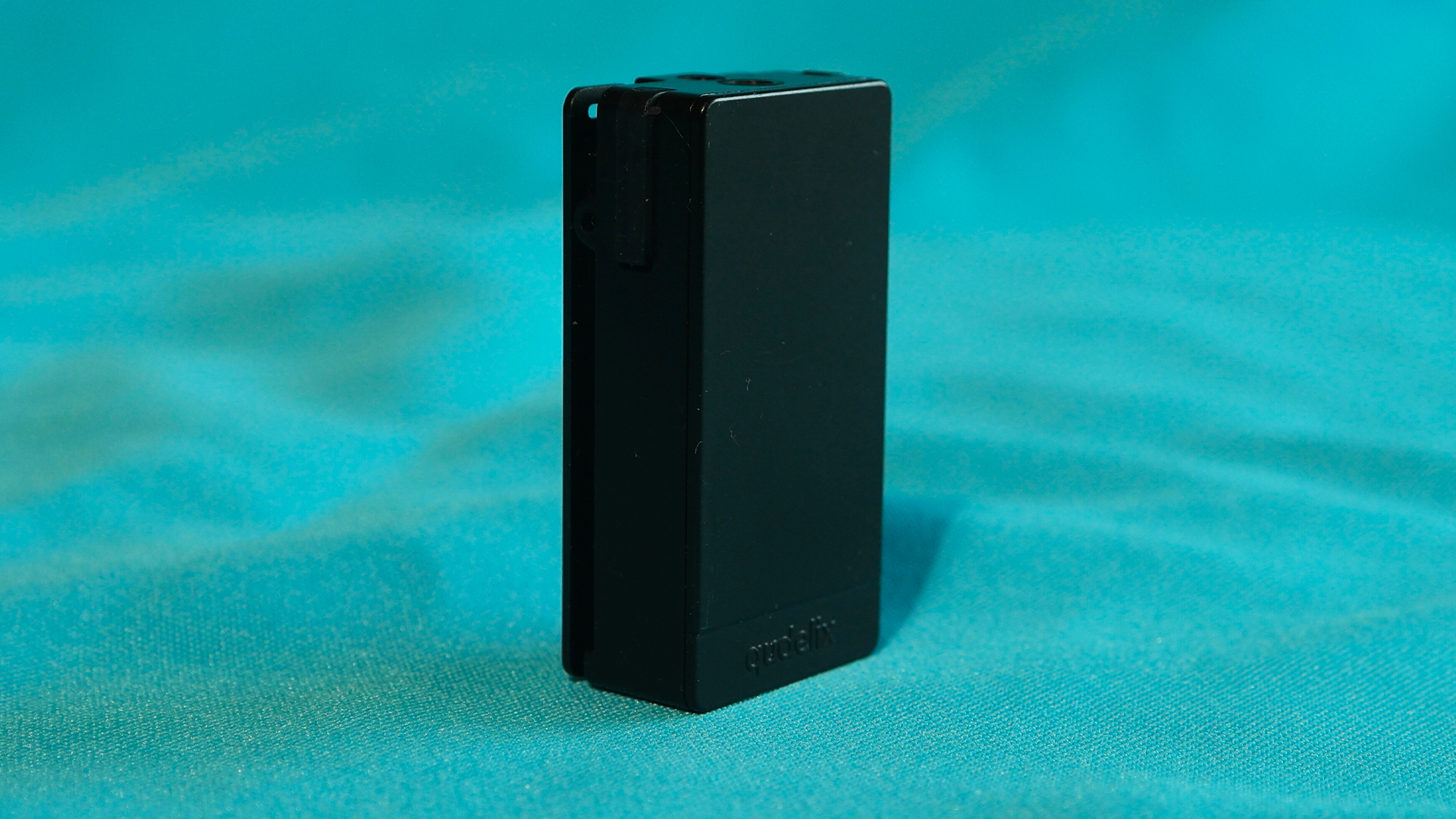
The Quedelix-5K is available direct from Quedelix for $109, or from Amazon for $110. You likely won’t find it on sale but for everything you get with the Quedelix-5K, and when compared to its competition, $110 is a fair price point.
Some folks may have an issue with the plastic body at this price, but it doesn't feel cheap, and there’s a reason for that build decision. We’ll get into that in a moment.
Qudelix-5K: Build and fit
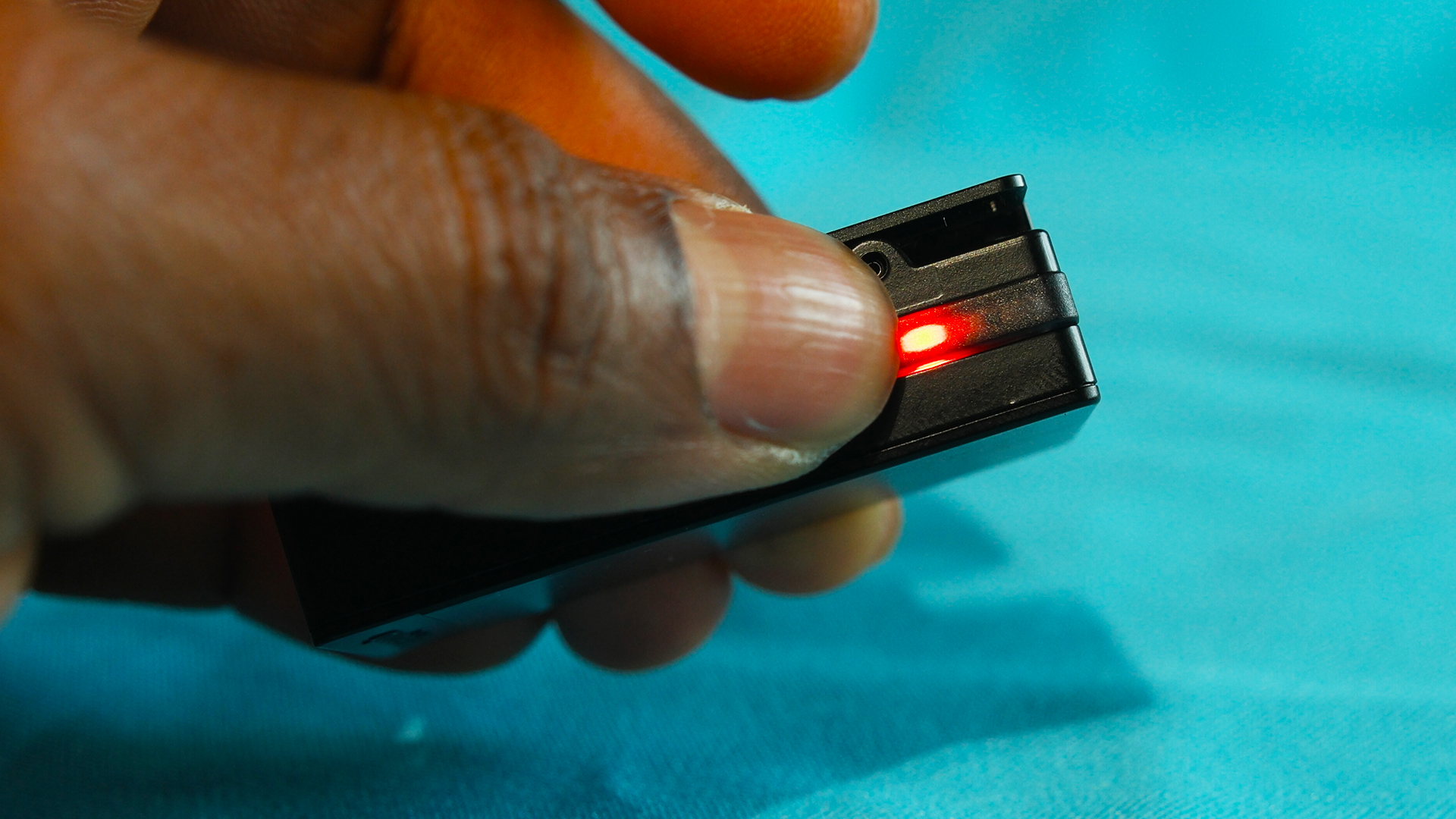
The Qudelix-5K feels very light in hand, although it is heavy in hardware and software features. It has a plastic body, which ensures you get a solid Bluetooth connection to your music source. Metal bodies tend to attenuate radio frequency signals. Look at the build of your home router, for example. Metal or plastic? Internally, you get a lot for $110. The 5k is packed with a Qualcomm BT 5.0 chipset and dual ES9219 SABRE HiFi DAC, which supports single-ended and balanced outputs and high-sensitivity MEMs mics for phone calls.
Externally, you’ll find the lone microphone port on the top of the unit next to the 3.5mm and 2.5mm ports. There’s a handy spring-loaded aluminum clip on the underside of the unit and two confusing buttons on the sides. Neither is labeled, and that’s the only pain point I have with the external setup. One button is the volume rocker, and on the other side of the unit, you have the power button, which also controls Bluetooth functions: pairing, playback, track skipping, and phone calls. Once powered on, the buttons glow red and blue when pressed, making them easier to use. The blue-lit button controls the Bluetooth functions.
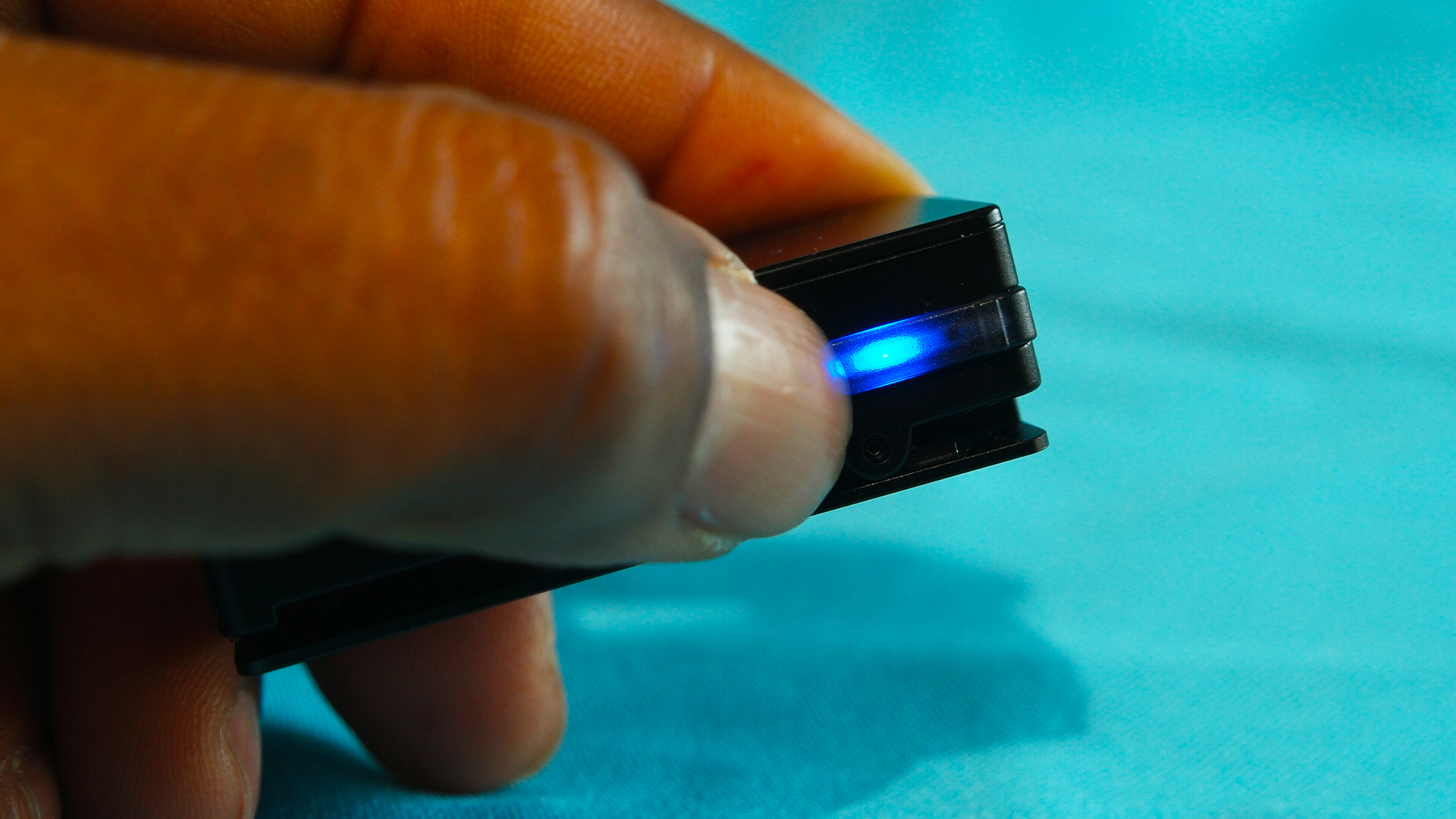
Besides the button labeling, my only other issue is the choice of a 2.5mm port instead of a 4.4mm port. I’m sure this decision was based on unit size but I’d take a larger 5k for the 4.4mm port. Reading online forums, a common complaint is that quite a few people have snapped those tiny 2.5mm pins. Your mileage may vary.
Qudelix-5K: Features
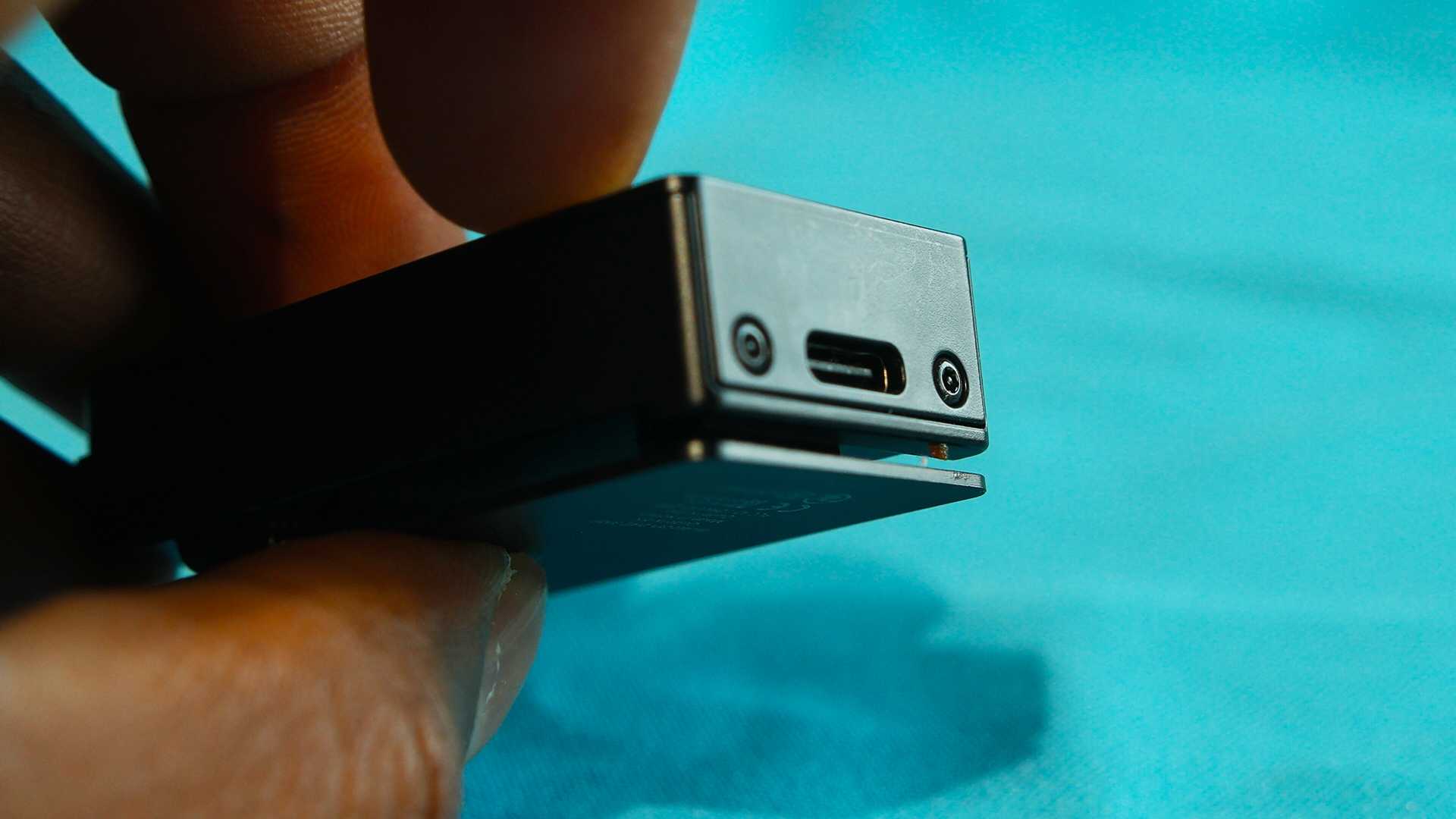
The Qudelix-5K offers great codec support for Bluetooth streaming, which iPhones won’t be able to take advantage of. In addition to the standard SBC and AAC, you also get support for aptX Adaptive, LDAC, and aptX HD. This is an important note because app support for the device extends to your computers through a Chrome browser plug-in. Even with iOS’ lack of Hi-Res Bluetooth codec support, you should still download the app because iOS and iPad OS don’t have EQ support that works across all your apps. Quedelix app’s settings, though, are ubiquitous and saved directly to the 5k’s internal storage. This is to say, once you have it configured to your liking, that sound profile will be persistent across every device you connect to it: car, phone, tablet, computer, etc. That also means it is persistent no matter which music apps you use on your mobile devices.
iMore offers spot-on advice and guidance from our team of experts, with decades of Apple device experience to lean on. Learn more with iMore!
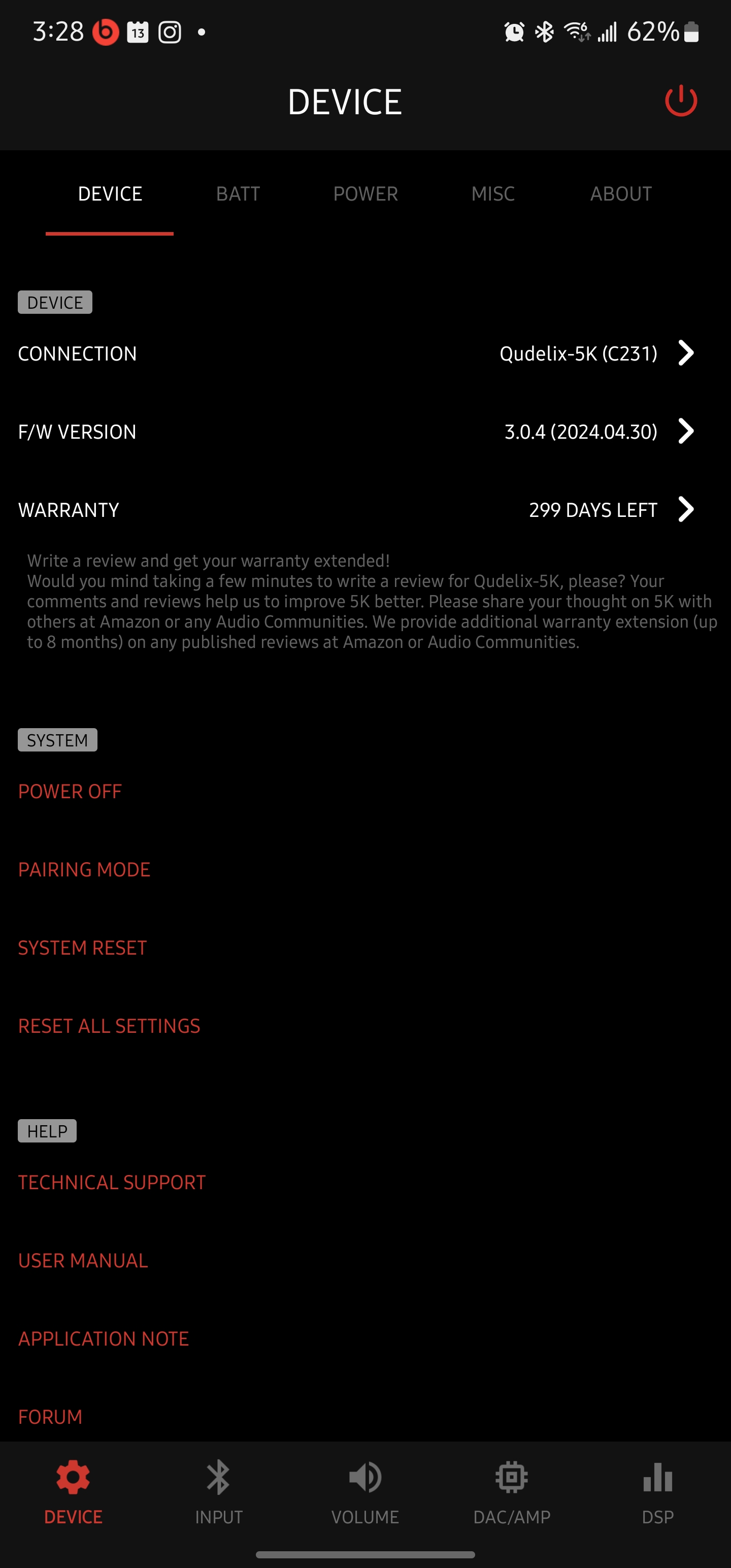
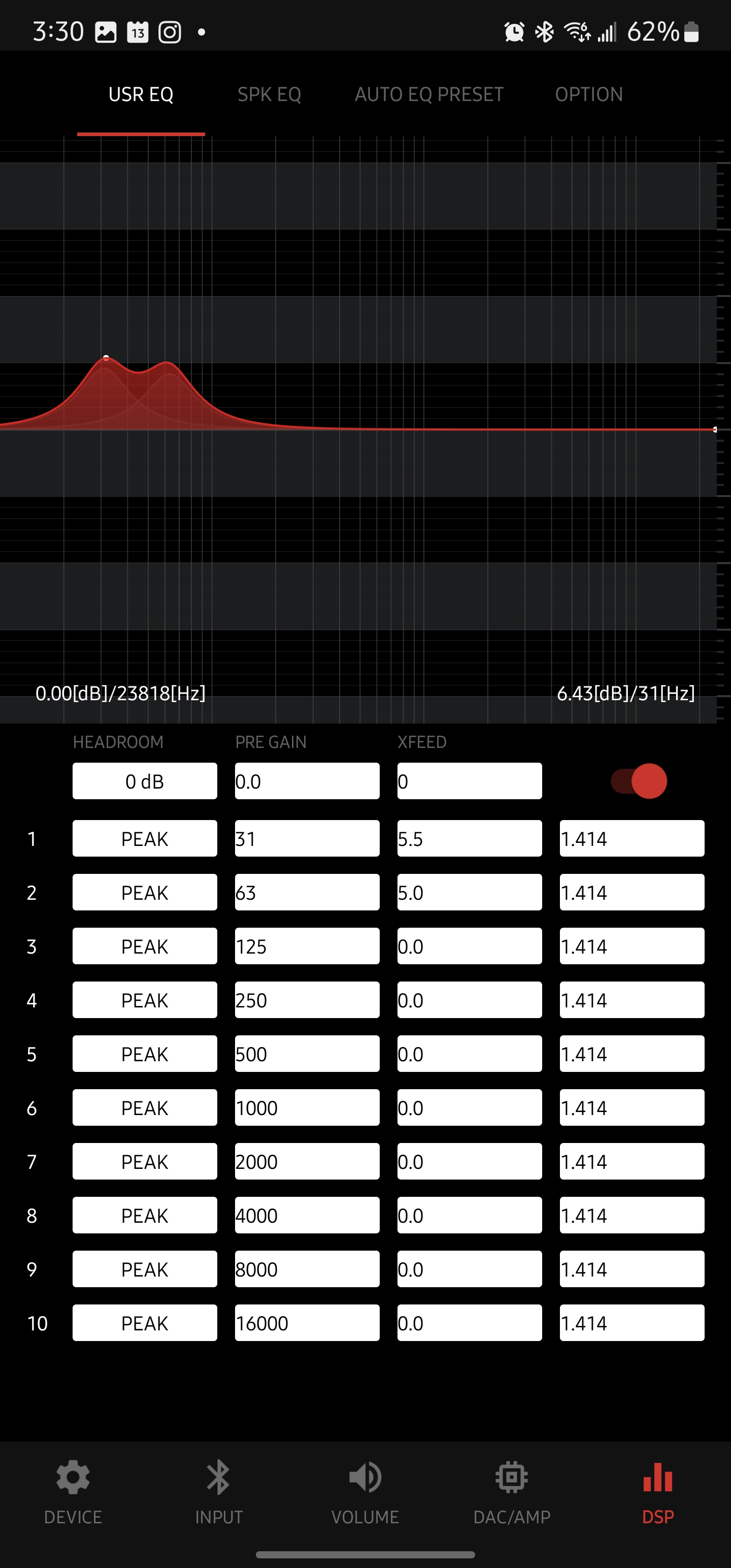
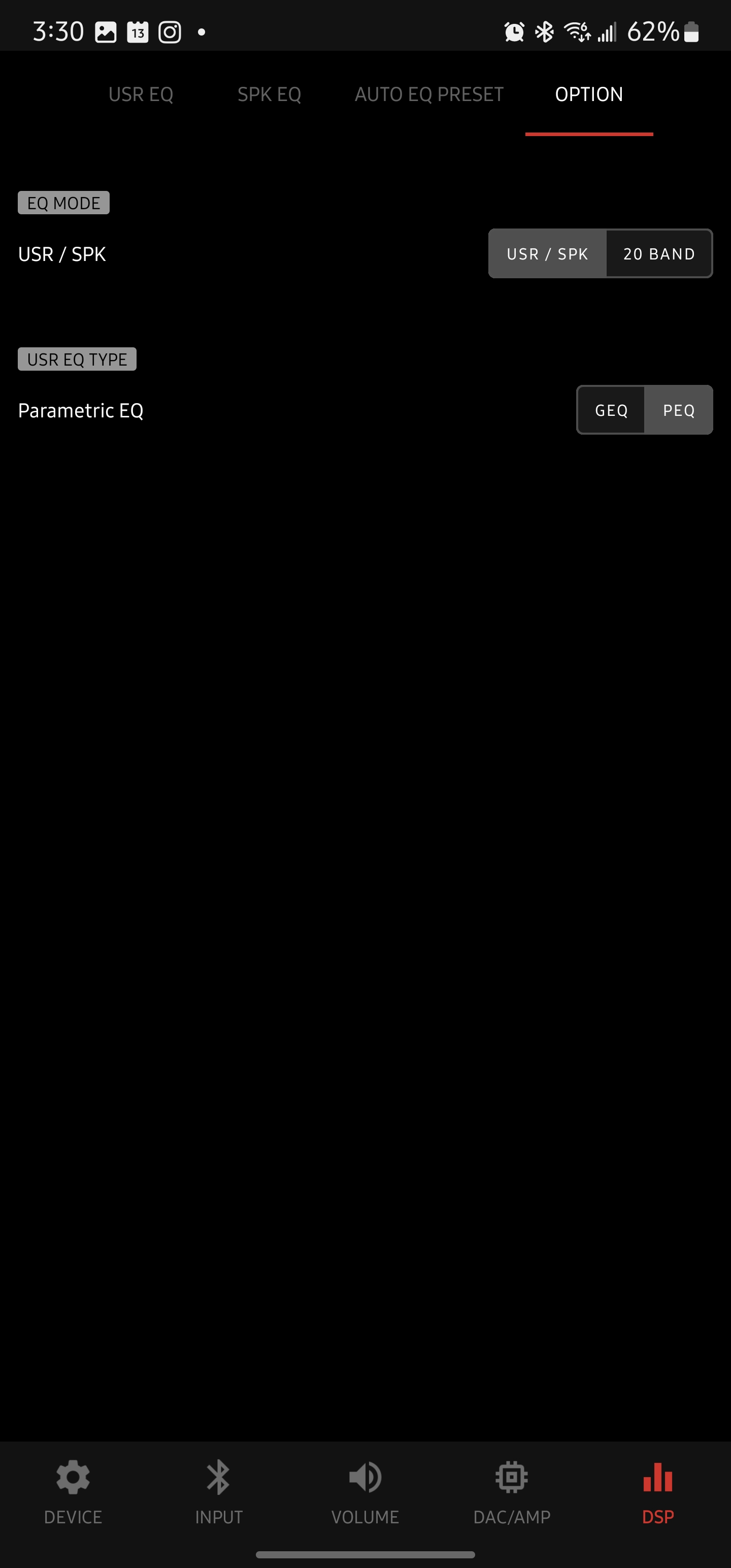
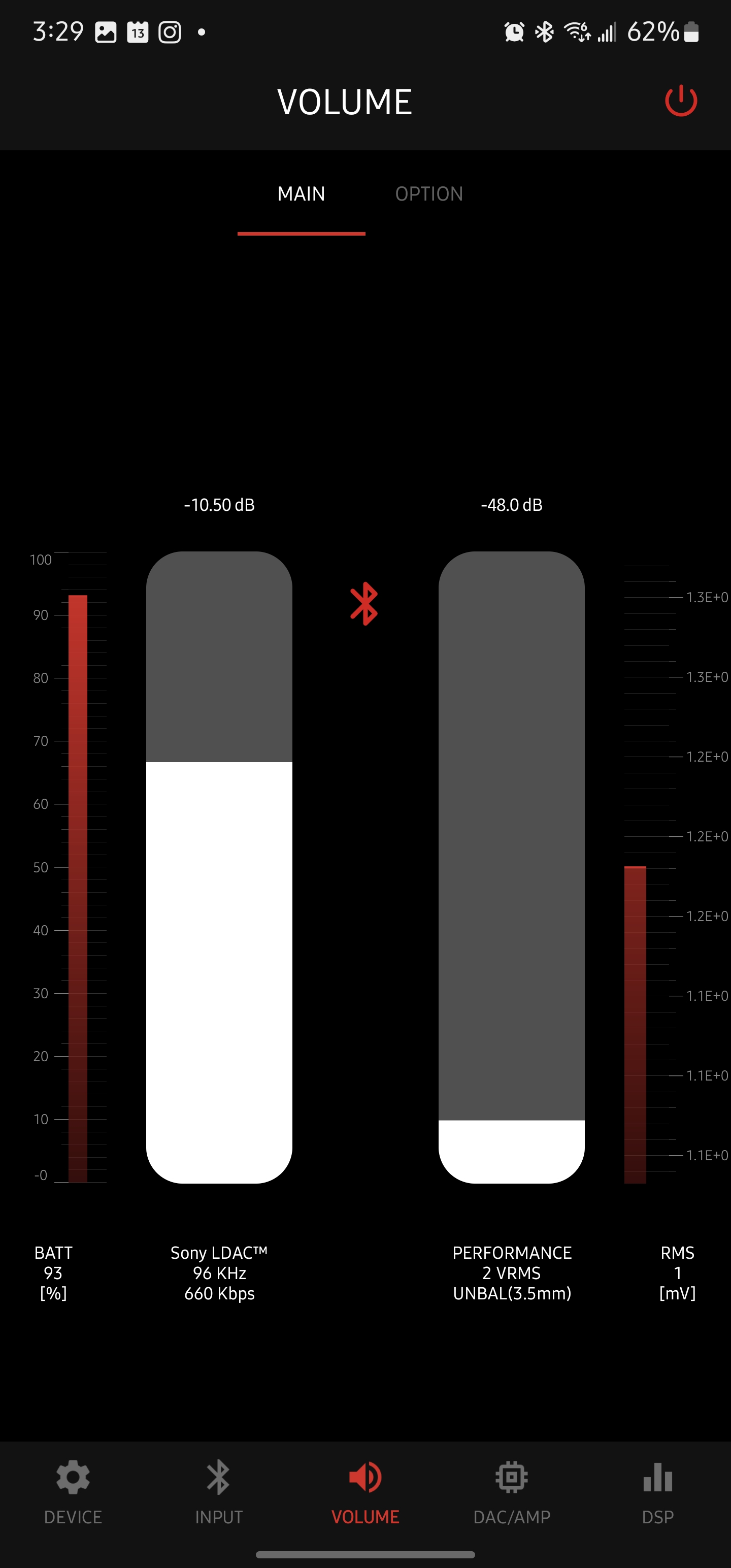
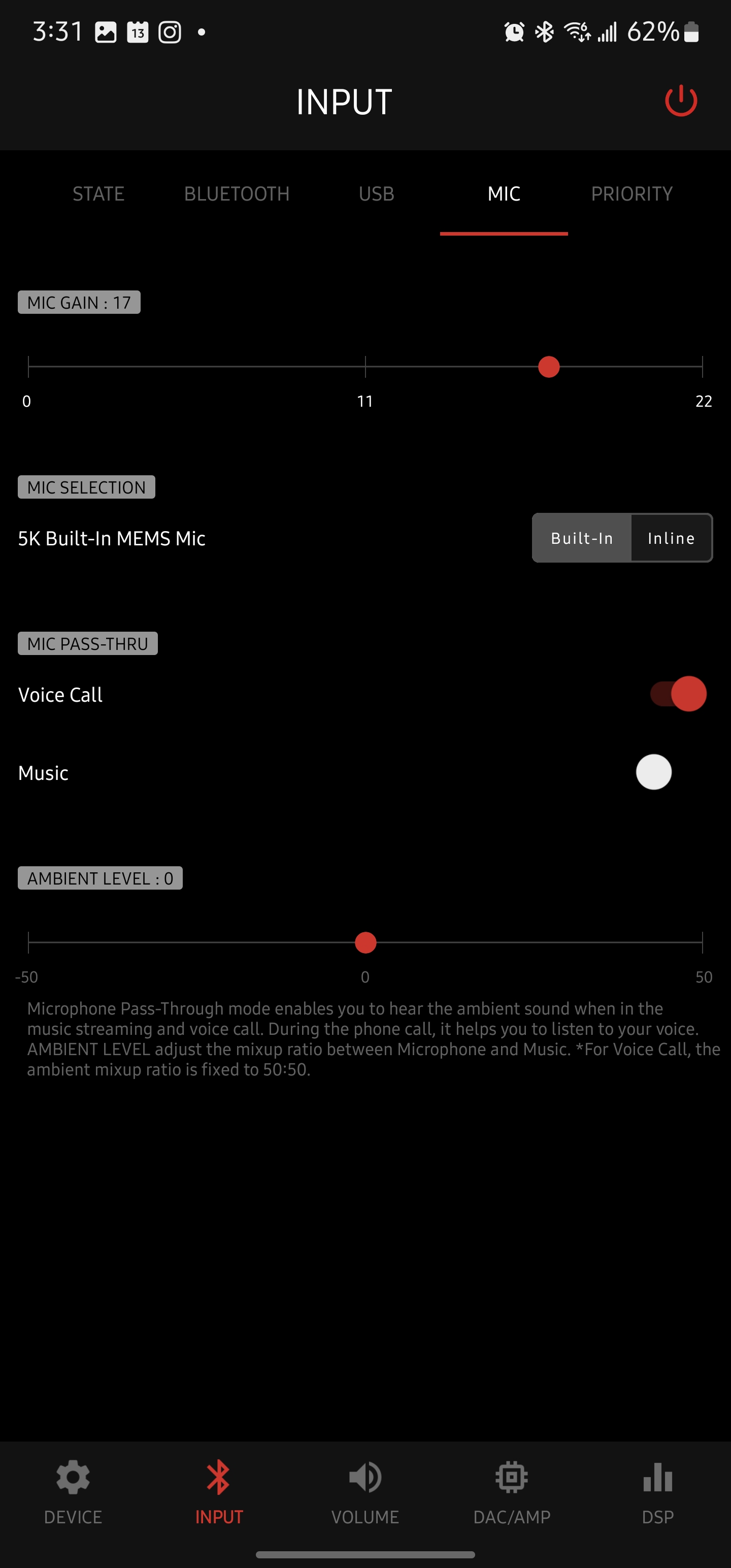
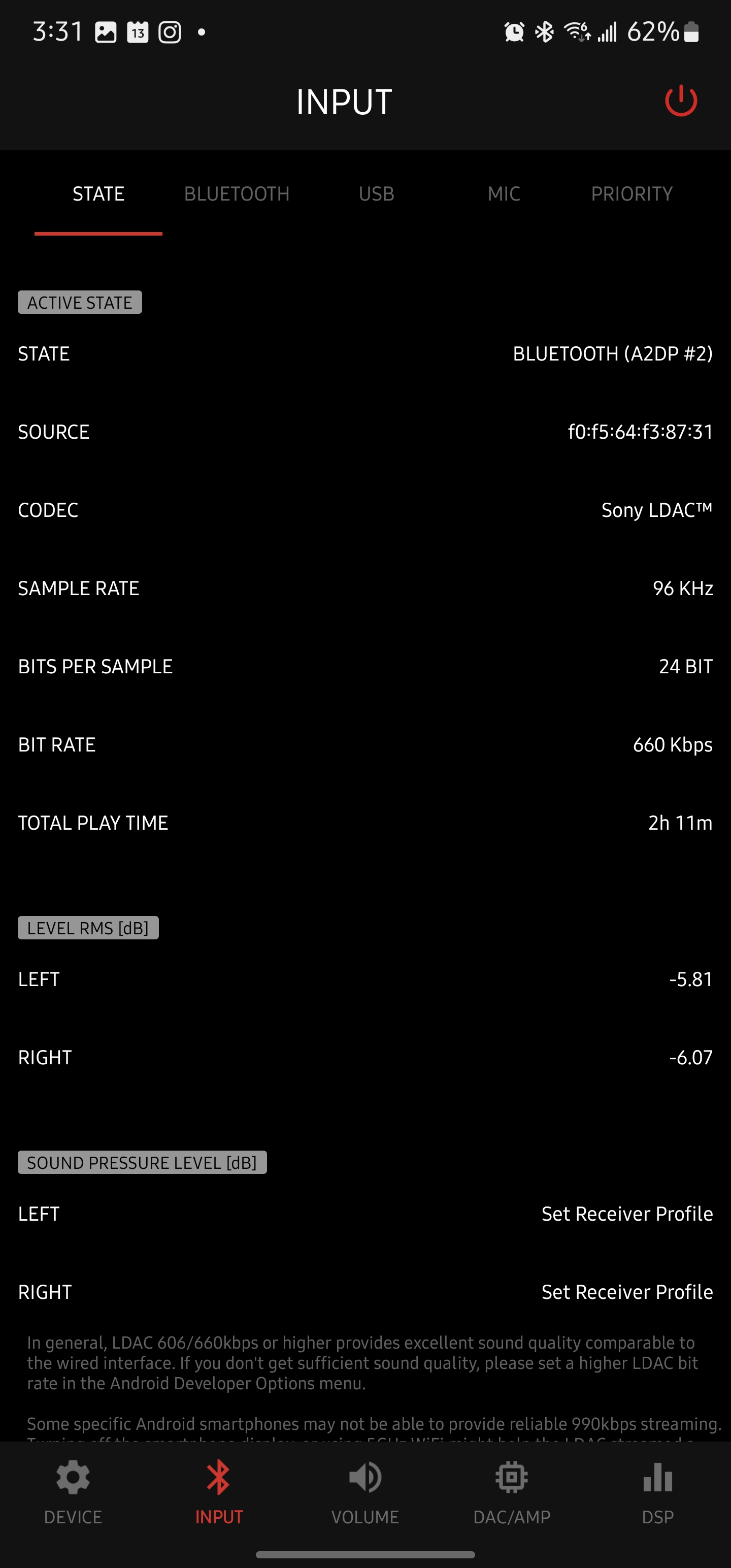
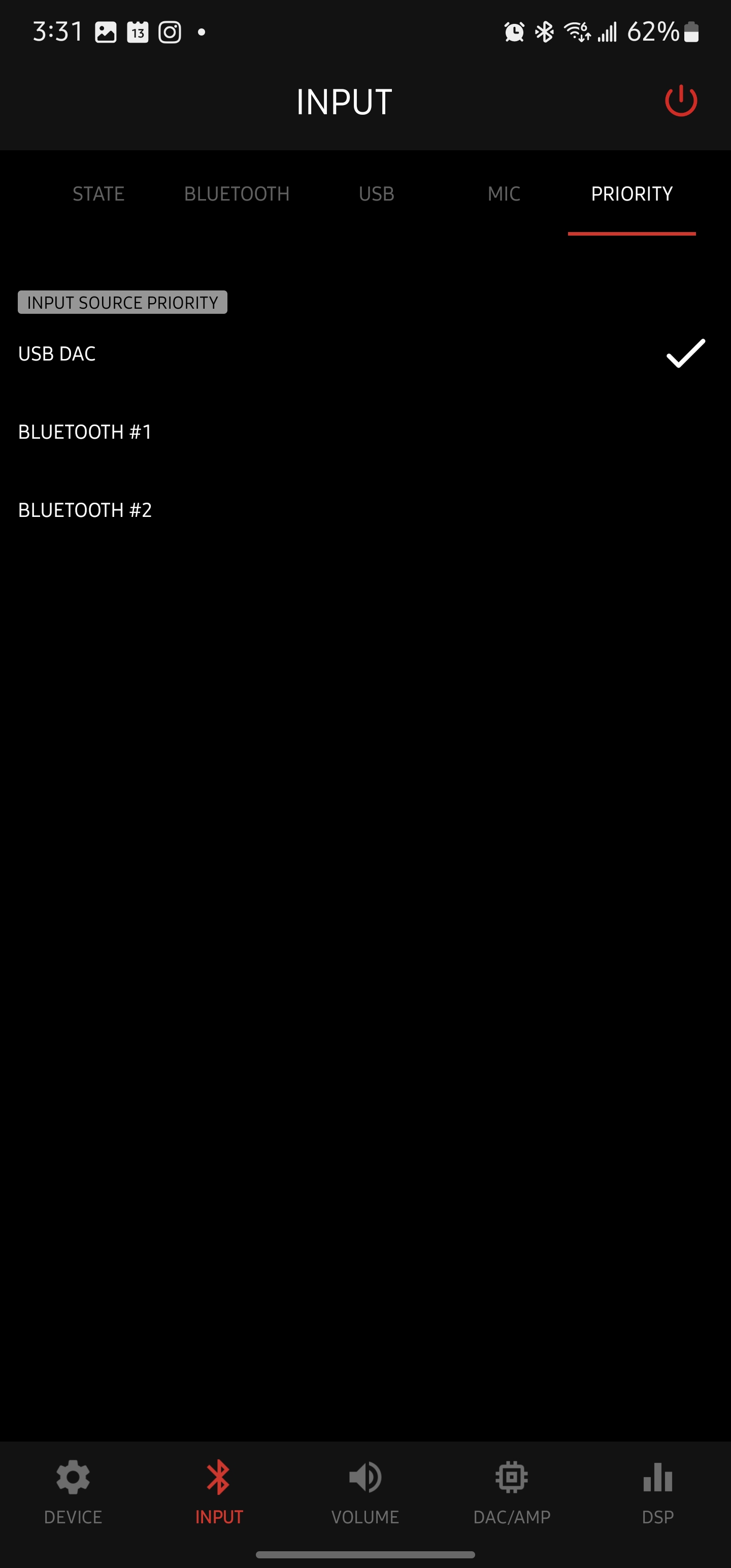
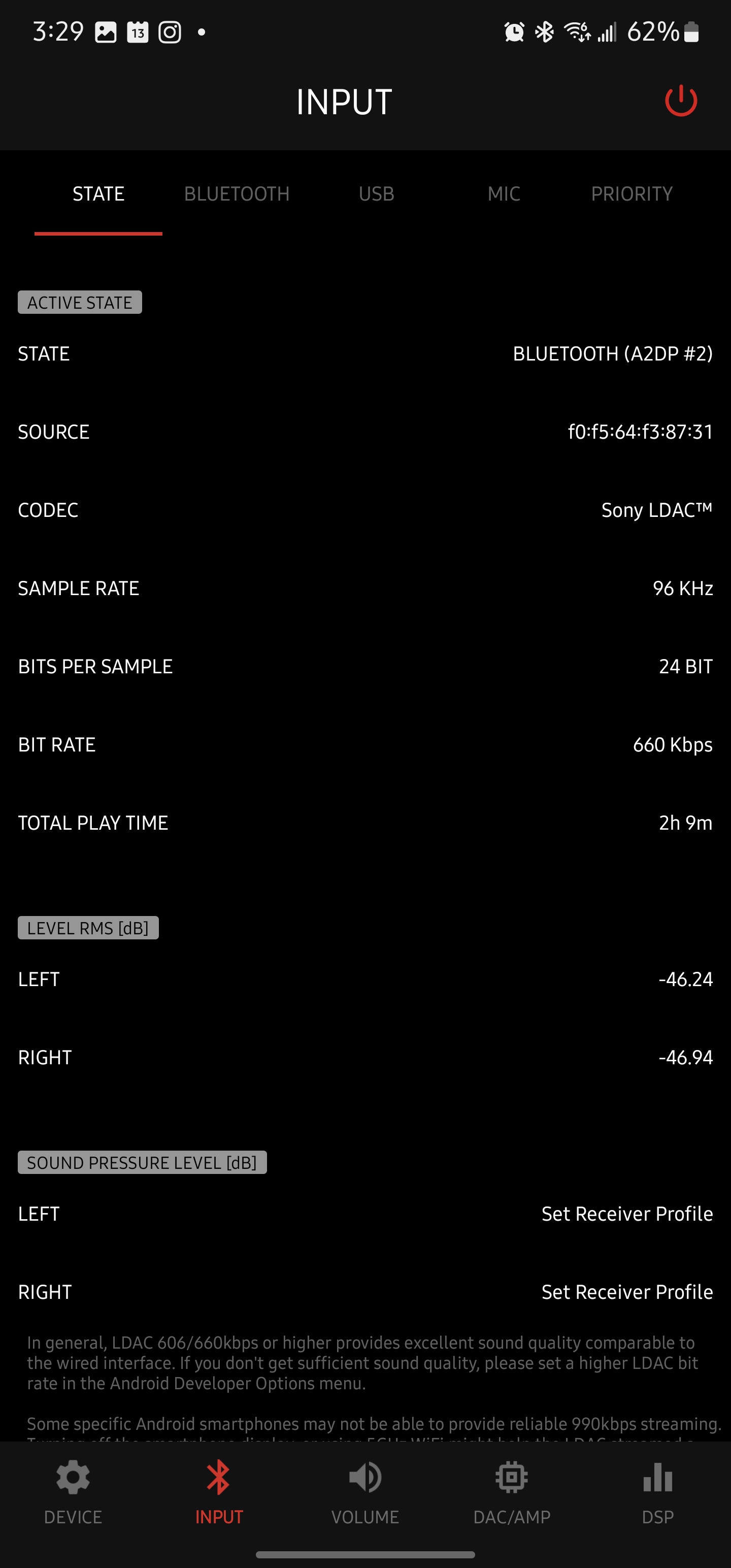
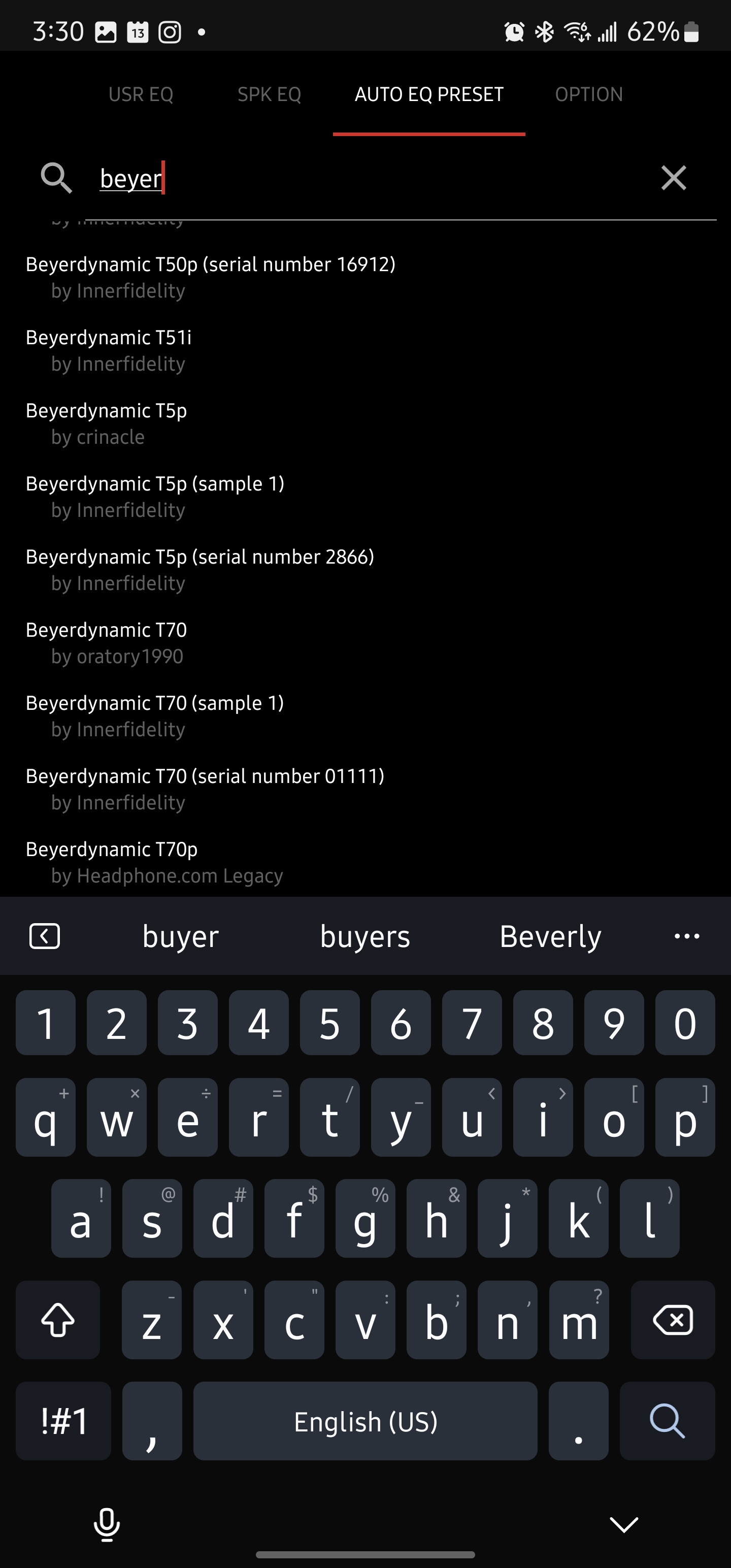
The app's most important feature is the 20-band PEQ, which can also be set to a 10-band left/right independent PEQ. This is where the 5k shines. As you dive into the world of “coloring” your audio to your liking, this is a great way to hear how fine changes in the EQ curve affect your audio in real time. This is a welcomed feature for audiophiles and a brilliant teaching tool for audiophile neophytes. Best of all, you can save up to 20 of your EQ settings, and there’s an exhaustive database of automatic EQ presets that you can access in the DSP tab of the app.
Sure, other manufacturers offer EQ support, but often, it isn’t true PEQ. You generally get EQ presets or simple 3 or 5-band EQ support with no option for things like pre-gain, headroom, peak filters, high or low-shelf filters, and Q factor (frequency bandwidth) adjustment.
The app will also show you the state and stats for your current input (BT or USB-C), show you important battery/power consumption stats, give you control over gain, and both coarse and fine control over volume with separate sliders for the phone’s volume and the 5k’s. Note that you can also control volume directly from the 5k itself.
Quedelix 5k: Sound quality
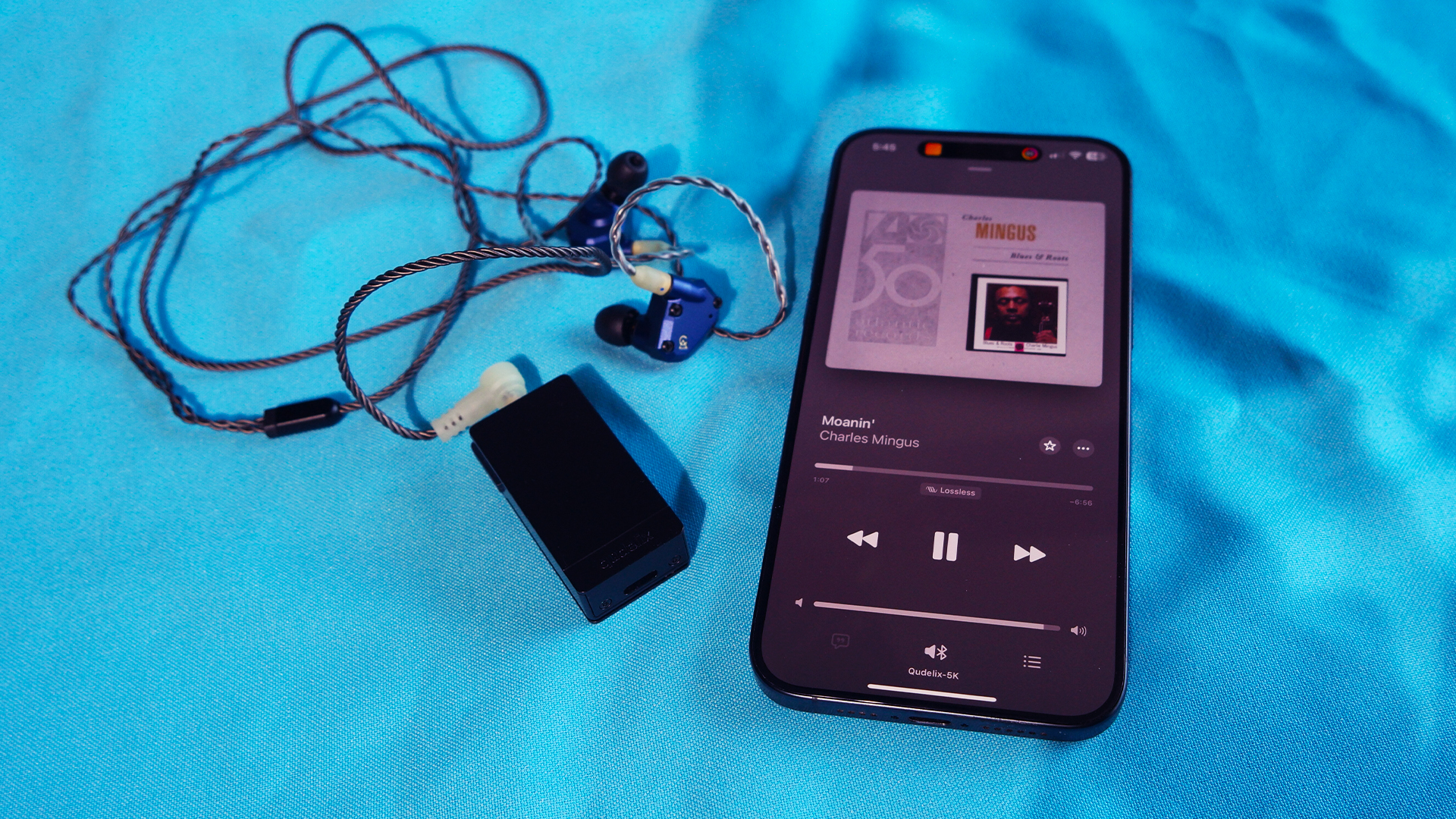
On its own, the Qudelix-5K reproduces audio beautifully. It doesn’t have as large a soundstage or that sparkle that my current fave iFi GO blu has, but that one doesn’t have the PEQ. But, again, that is the 5k’s strength. I hooked Sennheiser’s $1500 IEMs, the IE900, up to the Quedelix 5k, and the first listen through the 3.5mm cable was wonderful. The sound is well-balanced and nuanced, a delight.
Next, I connected the 2.5mm cable to get the balanced output power, turned on the PEQ, and added some bottom to the sub-bass and bass in the 31 and 63Hz frequencies and Sweet Christmas, I grinned ear-to-ear like the Cheshire cat when I played “Start a Riot” from the Spider-Man: Into the Spider-Verse soundtrack! It’s a delicious Dolby Atmos mix that shows what can be achieved when a producer knows how to use those tools effectively. The IE900s aren’t a bass head’s IEM at all. With the 5k’s PEQ, they become just that, but the mid and high-end clarity is not diminished. The bass on that track becomes downright dark and nasty and makes me want to get in the ring and bang leather with one of my Muay Thai buddies.
The right PEQ settings can take enjoyable music and make it transcendent. They can take you from having a listening session to having a listening experience. With the right headphones or IEMs, of course.
This is a last note on the Qudelix-5K. I threw a few headphones and sensitive, low, and high-impedance IEMs at it, and it drove everything with aplomb.
Quedelix 5k: Competiton
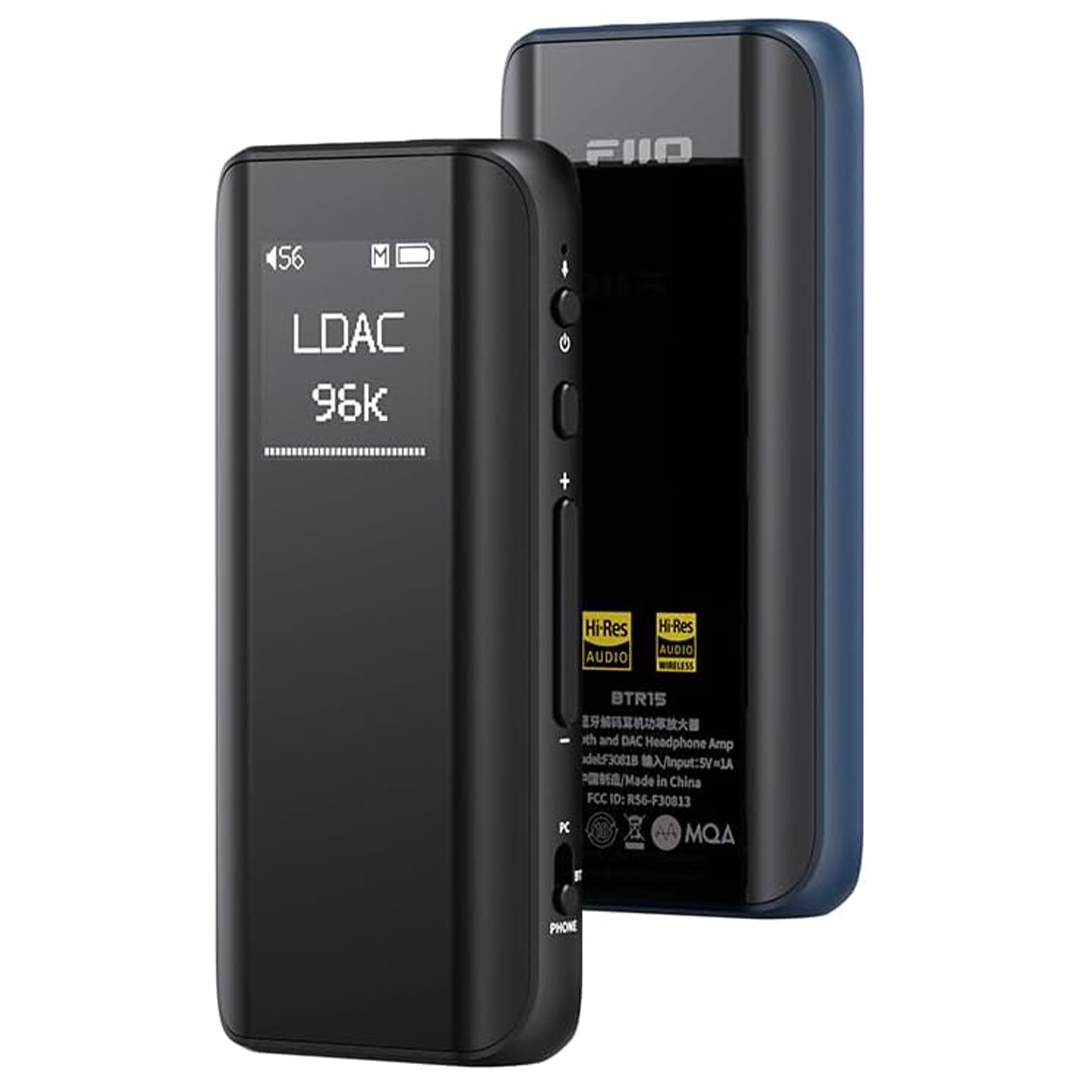
There are a few other options at $100, but none of them offer true PEQ like the Qudelix-5K. For example, options from FiiO will give you EQ customization through their app, but the level and variety of customizations are greater with the 5k.
The closest device is FiiO’s BTR15, which has MQA support and native DSD support for the same $110. It also includes an OLED display, which the 5K doesn’t have and it uses 4.4mm instead of 2.5mm balanced output. Shanling has their UP4 2022, which is larger, has a larger battery, and includes codec support for LHDC. They all feature single-ended and balanced outputs, but the app makes all the difference, so I’d choose the Quedelix 5k over its competition.
Qudelix-5K: Should you buy it?
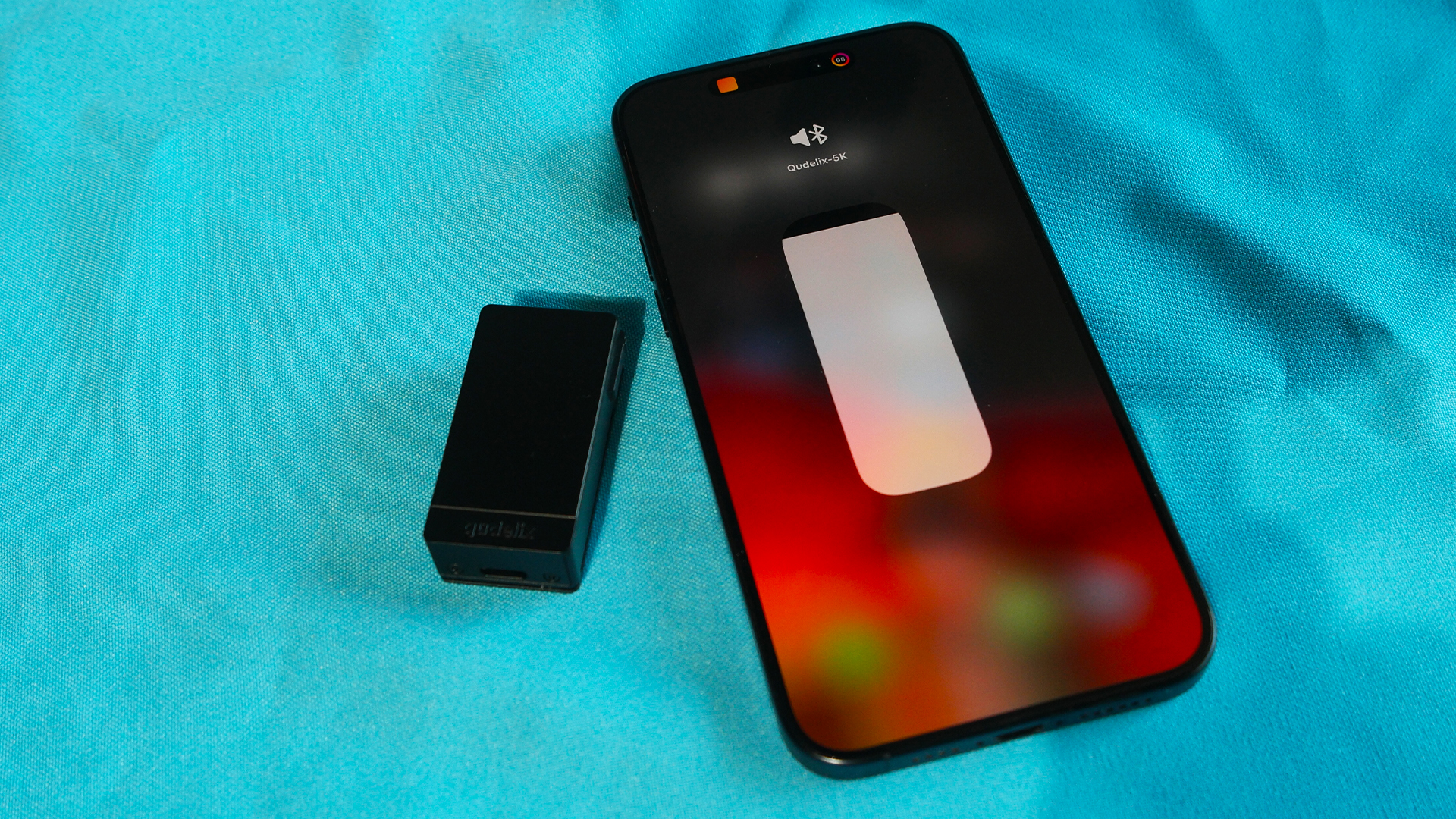
You should buy the Qudelix-5K Bluetooth DAC/Amp if...
- You’re interested in fine-tuning audio
- Cost is a primary factor in your DAC purchase
- You want a DAC for almost any source
You shouldn't buy the Qudelix-5K Bluetooth DAC/Amp if...
- You don’t need Bluetooth connectivity
- You prefer 4.4mm outputs
The Quedelix-5K is well worth the cost for the parametric EQ alone! When you consider all of the unit’s other features, I think this device is a no-brainer for those who want to learn about crafting their ideal sound curve or those who already know how to but want a device they can take anywhere and connect to almost any audio source. You can even use the 5K as a preamp.
If true PEQ piques your interest, look no further. This is the one.
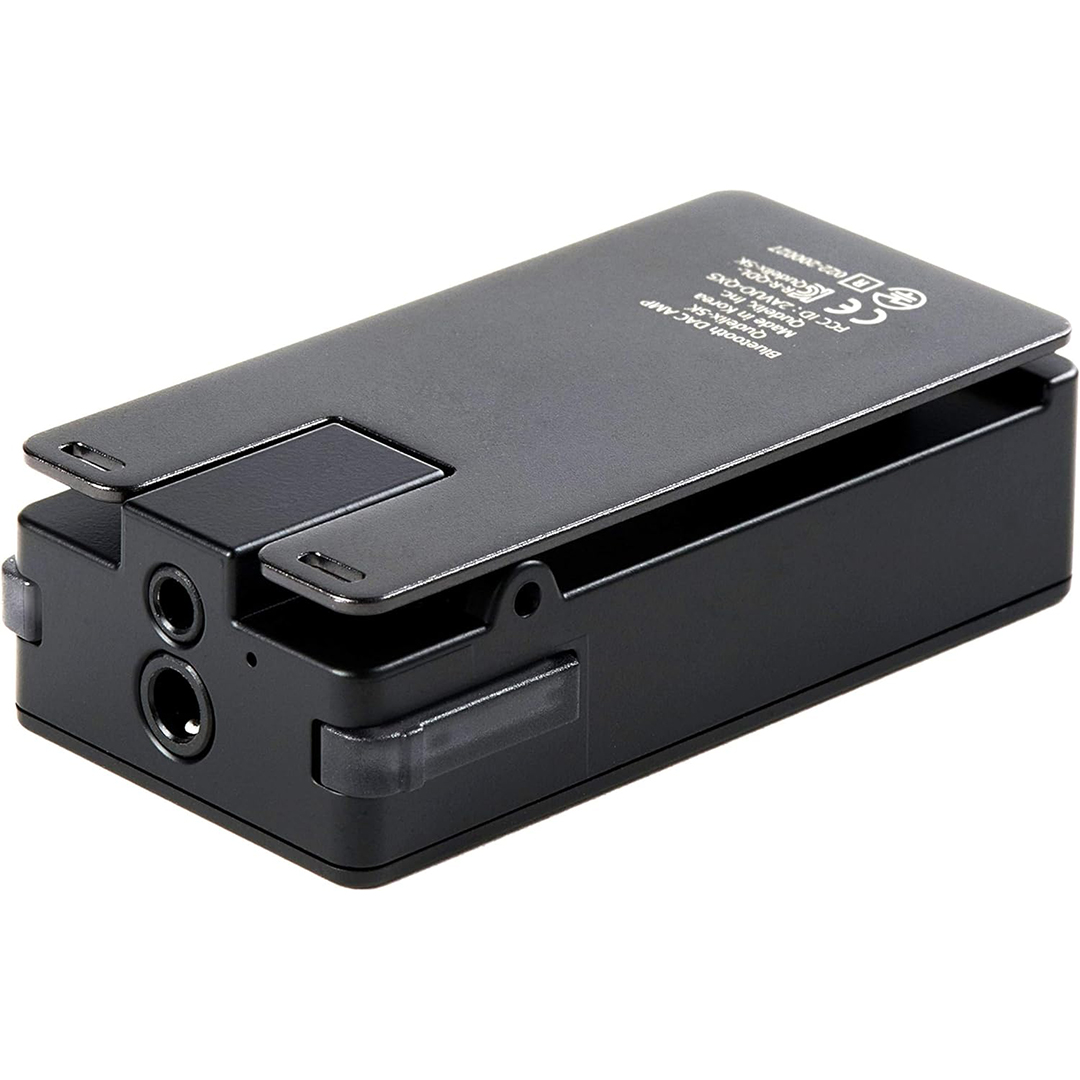

Tshaka Armstrong is a nerd. Co-Founder of the non-profit digital literacy organization, Digital Shepherds, he’s also been a broadcast technology reporter, writer and producer. In addition to being an award-winning broadcast storyteller, he’s also covered tech online and in print for everything from paintball gear technology, to parenting gadgets, and film industry tech for Rotten Tomatoes. In addition to writing for iMore, he’s a video contributor for Android Central and posts everything else to his own YouTube channel and socials. He blathers on about his many curiosities on social media everywhere as @tshakaarmstrong.
